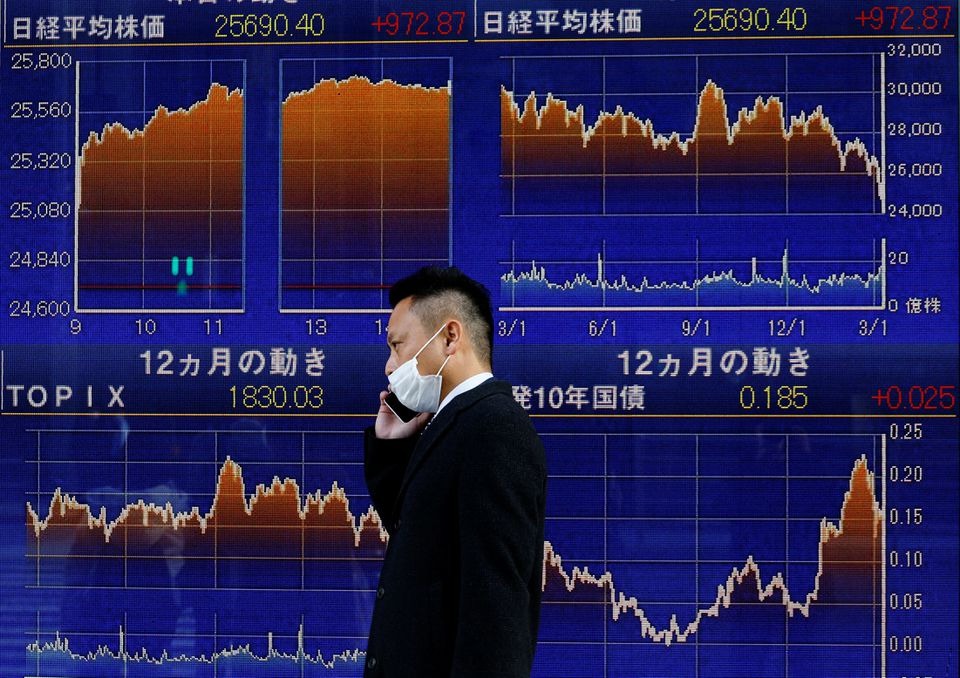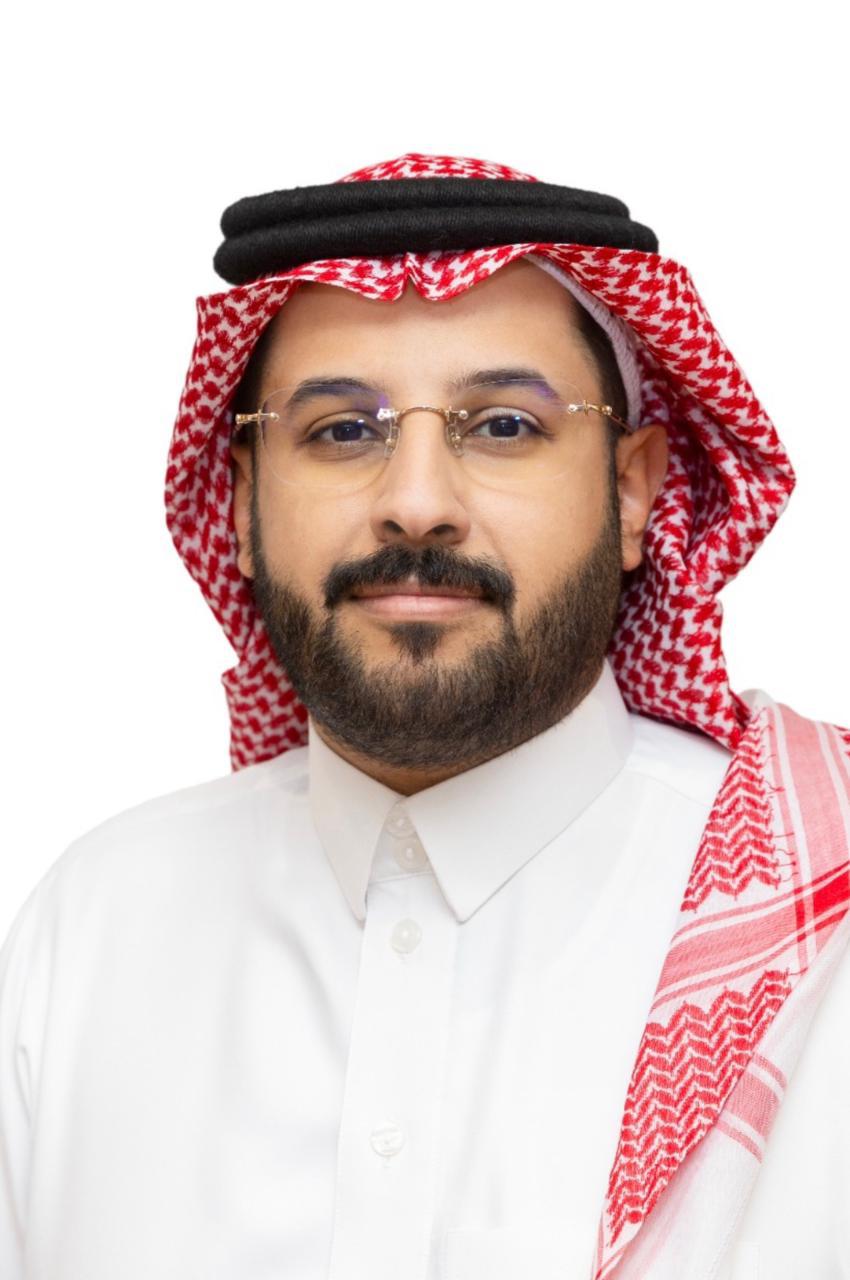The Middle East is powering ahead of global energy markets. According to the Energy Industries Council’s (EIC) latest Survive & Thrive report, 90% of energy companies operating in the region reported growth in 2024, with average revenues jumping at 68%, the highest across all regions surveyed.
At a time when much of the world is grappling with policy uncertainty, inflation, and talent shortages, the Middle East appears to be charting its own, far more confident course, according to the energy supply chain association and provider of global project data and market insights. The region’s standout performance is not a one-off. Companies are forecasting another strong year in 2025.
Firms in the Americas reported 20% growth on average, followed by the UK and Ireland at 16%, Continental Europe at 13%, and Asia Pacific lagging behind at 8%.
“The Middle East isn’t picking winners, it’s investing in all energy technologies,” said Stuart Broadley, CEO of the EIC, the world’s leading trade association for companies providing products and services to the energy industry. “That pragmatism is why it’s now the global magnet for talent and capital. This is indeed the right approach to follow for energy security, industry growth, and supporting the energy transition.”
Instead of viewing the energy transition as a zero-sum game, governments in the region have taken a balanced and inclusive approach. Hydrocarbons remain vital, with more than 90% of EIC member companies in the region still focusing on oil and gas. But the growth of investment into renewables, hydrogen, and digital infrastructure reveals a willingness to embrace what’s next, without abandoning what works now.
The results speak for themselves. In a world where the average growth rate hovered between 8% and 20% in most regions, Middle Eastern firms more than tripled that figure. The UAE and Saudi Arabia, in particular, have made aggressive moves not just in oil and gas, but in AI-driven logistics, smart infrastructure, and clean technology.
“Encouraging tech adoption in logistics — like GPS tracking, automation, and AI — would increase efficiency, transparency, and global competitiveness,” said one executive interviewed for the Survive & Thrive report, echoing a broader sentiment that the region is now outpacing even the US and Europe in practical tech adoption.
Broadley agrees: “The UAE and Saudi Arabia aren’t just winning on oil and gas. They’re out-innovating Europe and the US in tech adoption.”
Yet this growth hasn’t come without challenges. Over 27% of companies flagged local content schemes as a critical issue. While national in-country value (ICV) programmes are designed to boost domestic participation, the fragmentation across Gulf Cooperation Council (GCC) countries often complicates compliance for multinationals operating regionally.
“If we could move away from individual countries having their own in-country value programmes to a GCC-wide programme, this would help enormously,” said one executive. The push for harmonisation could reduce duplication and unlock even greater regional synergies.
Labour localisation is another tricky area, the report shows. The will is there, but firms say more guidance is needed to support the private sector in attracting and retaining local talent. “More engagement would support the private sector in sourcing and retaining local talent and skills,” another respondent said.
There’s also rising pressure on infrastructure. Around 18% of executives called for smarter logistics parks, dedicated freight corridors, and improved trade infrastructure. The ambition is huge — and so are the physical demands that come with it.
Despite these obstacles, business confidence remains high. The region is increasingly seen as a high-performance zone for energy, buoyed by consistent government support, low business costs, and policies that actively reward private-sector growth.
For many international firms, the equation is simple: go where the work is, and the Middle East has it in abundance. As the report notes, supply chains are mobile, and companies are increasingly relocating operations and skilled personnel to regions offering policy stability and better returns.
In Broadley’s words: “Investors and company owners simply won’t wait for a policy or pledge for jam tomorrow. They need the work now.”
In an era of energy transition, the Middle East isn’t waiting around. It’s building fast, pragmatically, and with a confidence that’s hard to ignore.
Across the 140 global energy firms surveyed across five regions (Americas, UK, Europe, Middle East and APAC), 2024 was a record-breaking year for energy firms, with 77% of companies reporting growth and an average surge of 24% in revenue—matching last year’s record. But that momentum came with blind spots.
Only 6% of companies, across all regions, pursued new export markets, energy transition revenues dropped from 9% to 5%, and 91% of firms stayed focused on oil and gas. Even digital strategies fell short: 60% used AI, but just 9% linked it to growth.
The Energy Industries Council brings together over 950 companies from the energy supply chain sector across all industries.
Since 1943, we have evolved to provide up-to-date global market intelligence, unrivalled networking opportunities, and direct engagement with policymakers across regions.
Our members — leading innovators, industry experts, and global thinkers — are at the forefront of the energy transition.
Through our leading events, real-time project data, and policy expertise, we help members capitalise on opportunities and scale their operations globally. Together, we are working towards a more sustainable future.








